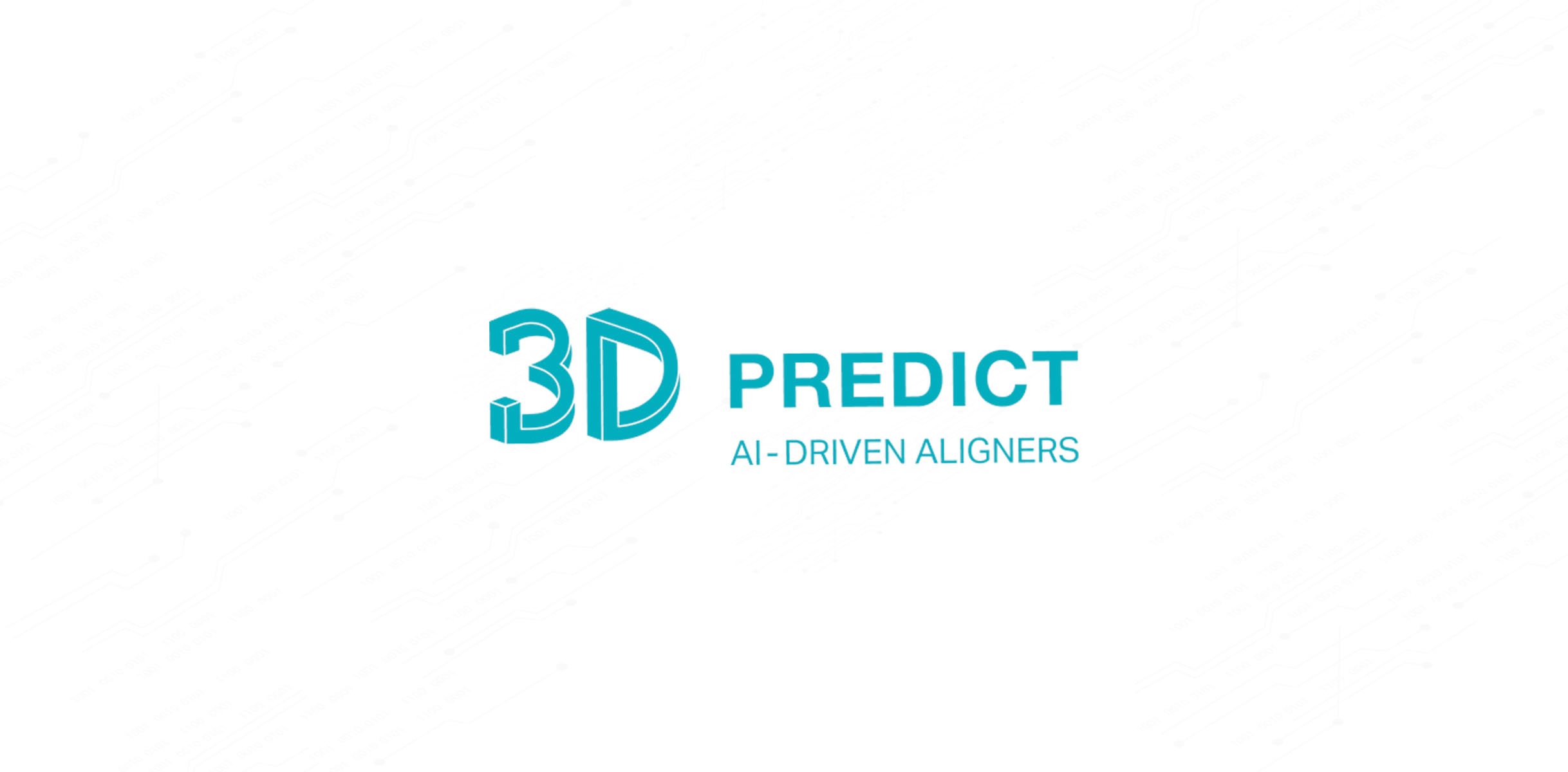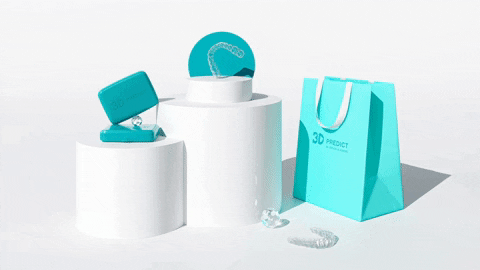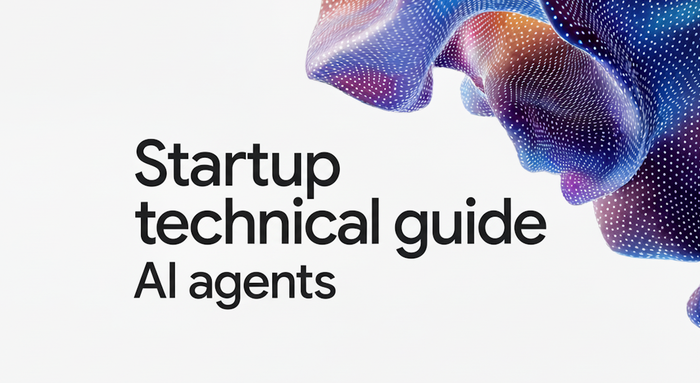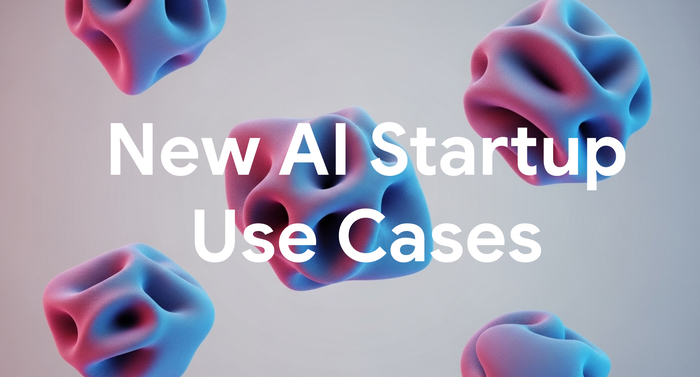Smile please! 3D Predict revolutionizes orthodontics with generative AI technology running on Google Cloud

Dr. Marina Domracheva
Founder and CEO, 3D Predict
Google for Startups Cloud Program
Gain access to dedicated startup experts, cloud credits for two years, and tools built for speed & insights
Apply nowIf you’ve ever worn braces, you’ll know how uncomfortable and inconvenient they can be. Aside from having a mouthful of metal, there’s the sticky problem of trapped food, sleepless nights, and frequent visits to the orthodontist for adjustments. This discomfort is endured over a long period of treatment of 2+ years on average (and much longer in many cases).
So how else do you get that perfect smile? Clear plastic aligners offer a lot of advantages: they are more comfortable to wear, far less visible, and can be taken off when eating or brushing your teeth. But traditionally they are only used for mild orthodontic issues. They can be a nuisance for doctors who often have to recalibrate treatment and extend treatment times, which makes results difficult to predict.


As a Doctor of Medicine with experience in clinical trials and epidemiological studies, I was determined to identify both the root cause of this problem and the technology to solve it. The first part of the puzzle was clear: traditional aligner systems didn’t take a patient's full anatomy into consideration when planning their treatment. To make aligners that produce predictable results in less time, we had to produce and analyze large datasets of what’s beyond the gum (roots, bone). I could see that harnessing the power of artificial intelligence would revolutionize the orthodontic industry. After intensive research and planning, we launched 3D Predict, a patented technology for root and bone-based orthodontic treatment. Taking advantage of the latest developments in machine learning models, our platform is trained on high-resolution Cone beam computed tomography (CBCT) data that shows the position of a patient’s teeth before, during, and at the end of treatment.
This innovative approach enables us to predict the most efficient forces that should be applied to teeth, based on an individual's teeth roots length and thickness of the bone. Even in severe cases, it can deliver results 30% faster with 50% less visits to the doctor. If we translate this to a real life example, 3D Predict can enable the doctor to perform severe crowding or bite correction in 2 years vs 3 with other braces and clear aligner systems. Our adoption of AI shows the power of this technology, and our experience can be instructive to other startup companies as well.
Taking advantage of generative AI in the cloud
To succeed, we needed computing power that matched the demands of our software, the majority of which incorporates a complex AI infrastructure. This includes our patented Deep CBCT analysis software that converts a scan into an accurate 3D model of the patient's unique anatomy; a patented CAD program for advanced treatment planning; software that allows doctors to plan tooth movements on a 3D model; and a portal where doctors submit patient information, review 3D plans, and order aligners.
Google Cloud was the clear answer because of its comprehensive range of solutions and services and the geographical distribution of its virtual servers. For machine learning we use Google Compute Engine to train models, store training datasets, and manage AI operations. For training and inference, we use NVIDIA T4 GPUs running on Google Cloud. AI technology market is highly competitive and speed to market is more important than ever for new product launches and updates. Adopting flexible solutions like Google Cloud can facilitate the focus on innovation and experiments, rather than on optimization of internal technical infrastructure to support the product.
We are also excited about Generative AI Studio. We are planning to use it to analyze our database of medical cases and generate improvements to personalize treatment planning even further and maintain our place as the leading technology in terms of treatment planning and predictability of results.
Another significant feature is Cloud Storage, which offers flexible financing options based on data usage. Data security is also critical. With Google Cloud we can protect business and patient data and comply with HIPAA standards that govern health information in the US.
We use Cloud SQL, and Filestore for storage, and Cloud Monitoring to track the performance of our system. We're also scoping new projects with Google Cloud Smart Analytics and Looker Studio on top of BigQuery.
The overall flexibility and computing power of Google Cloud has had a significant impact on performance and costs. We can now process high-resolution images 12 times faster than with our on-premises systems and benefit from a 20 times reduction in storage costs.
Getting started with Google Cloud was also simplified by the Google for Startups Cloud Program, and access to experts who supported our migration to the cloud. From a financial perspective, Google Cloud credits helped us to focus on innovation rather than budgets—a huge advantage for a lean startup where resources are tight.
Advice for women entrepreneurs
There will be bumps along the way, but don’t be afraid to be yourself, to be proud of your abilities or to ask for advice. The team at Google Cloud gave us valuable strategic guidance to help us optimize our infrastructure and processes. Today we are excited to be an international, diverse team led by women and where more than 60 percent of our workforce is female, challenging the stereotypes associated with the technological space and AI products in particular.
Above all we are motivated to make a positive difference and improve people’s lives using artificial intelligence. Thanks to our technology, patients can achieve their desired healthy smiles faster and know how much time they will need to commit from the start. For doctors, we empower them with information necessary to make better treatment decisions and to stop losing money on multiple refinements.
When we look to the future, we already see that the Google Cloud roadmap is in step with our ambitions. Recent additions to the Google Cloud GPU family, such as G2, will enable us to increase the resolution of patient scans and boost the accuracy of the models that we generate. All this adds momentum to our research and our quest to deliver better outcomes for patients and doctors. That’s something that we can all smile about.
If you want to learn more about how Google Cloud can help your startup, visit our page here to get more information about our program, and sign up for our communications to get a look at our community activities, digital events, special offers, and more.



